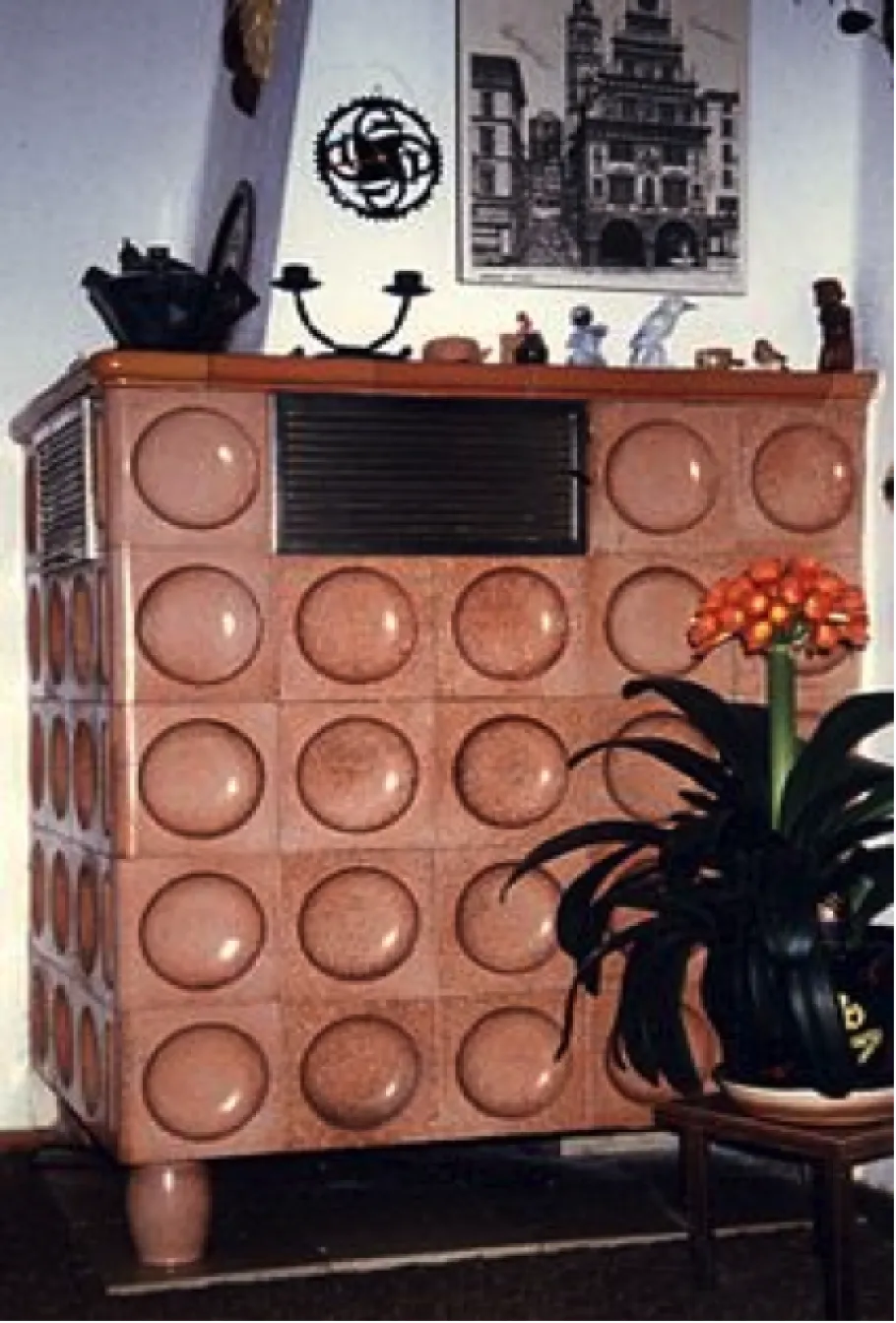
Most of us have heard at some time in our lives, E=mc². Some of us know that it’s the basis of Einstein's theory of special relativity. A lot fewer of us know what that means! But you don’t need to. From a permaculture perspective the key point behind the theory is that matter can neither be created, nor destroyed. And the same is true of energy. Designing efficient systems is all about how we manage energy. There are three main kinds of energy we need to be concerned about:
- Potential
- Kinetic
- Entropic
Potential Energy is energy in a form with the ability to do lots of work; e.g. A car parked at the top of a hill with a full tank of petrol. Kinetic Energy is energy when it is doing work; e.g. The driver gets in starts the engine, releases the handbreak and drives down the hill, building up speed. Entropic Energy is the energy in some bound form unable to do work; e.g. The driver has driven out of the mountains many miles and has come to rest at the bottom of the mountain range and the petrol tank is empty. The driver (exhausted) falls asleep. No energy has been destroyed but the potential to do work is greatly reduced. These terms are relative rather than absolute. What happened in this example is that the petrol burnt in the engine which generated noise and heat as well as forward motion. These energies became entropic in the environment around. What we are trying to do in a good permaculture design is to store energy as much as possible, and as ‘high’ (figuratively or actually) in the landscape as possible. So it maintains greatest potential.
ENERGY PRIORITIES
It’s useful therefore to have a Scale of Intervention again, which guides us to the best priorities. So…
- Firstly – if you can avoid using energy at all
- If that’s not possible then minimise the amount of energy you use
- If that doesn’t get you the yield you need, then do the things which harvest energy
- Try to store the energy harvested for later use
- Try to capture energy from any processes which you create to use it
- Can you harvest any by-products from your process
So for a cold winter’s morning you could:
- Stay in bed
- Insulate the house better, design in passive solar heating, wear more clothes
- Grow your own timber to use in a woodstove
- Have a wood store
- Incorporate the woodstove into a massive structure which becomes a heat store; e.g. kachelofen / masonry stove / rocket stove
- Dry the washing or fruit and vegetables for storing over the stove
ENERGY EXERCISE
So if yield is unlimited you can always add in more.
Group exercise:
In pairs walk round the site and see how many opportunities to reduce energy loss / increase energy gain you can spot. Allow half an hour.
Outcome:
By observing and thinking about energy losses and gains students increase their capacity to include energy parameters in design work. Their awareness of energy issues is enhanced. We spotted the following opportunities: Further thoughts for personal action:
- Log in to post comments
